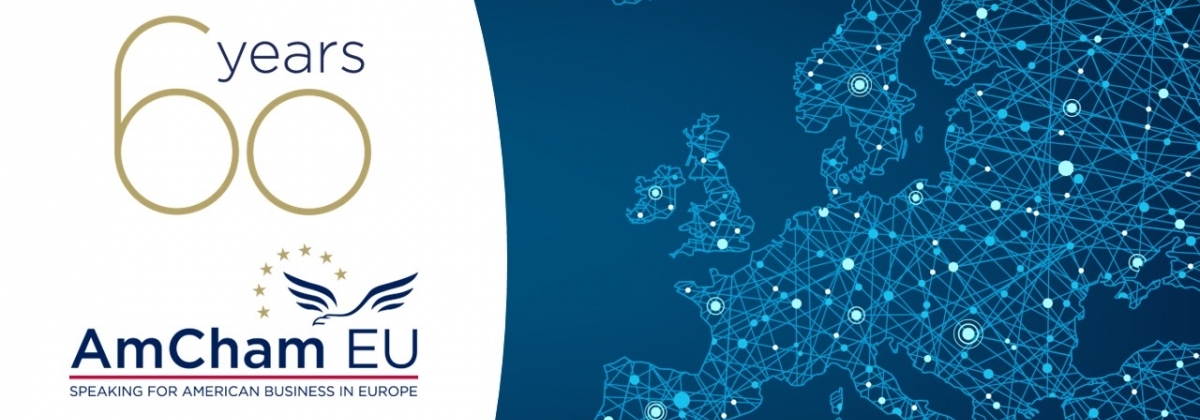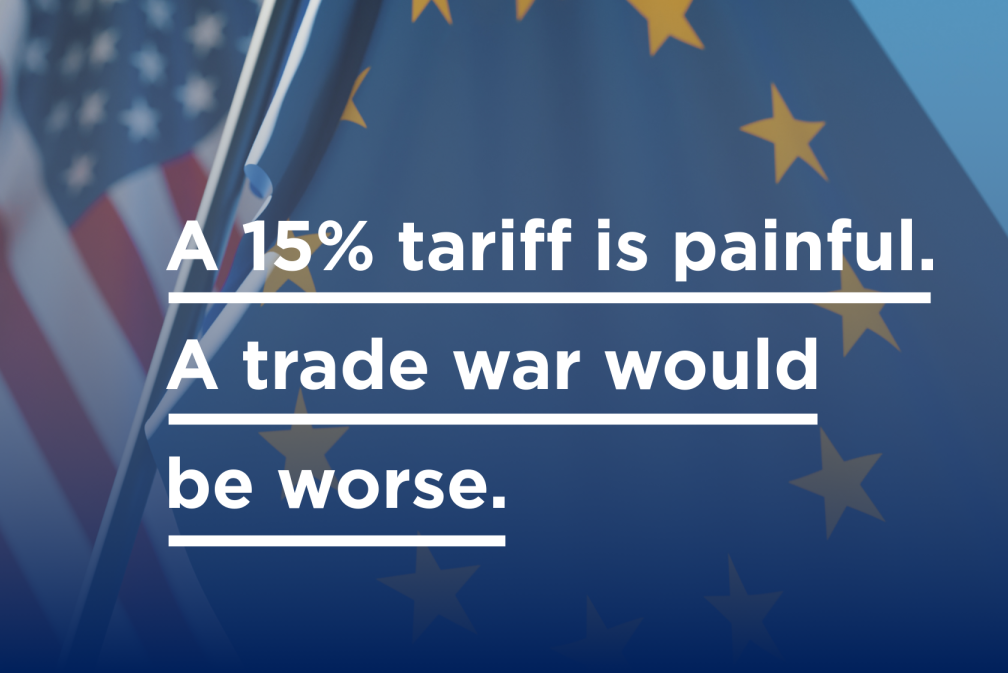On the morning of 1 January 1993, residents of the then-European Community (EC) – and soon to be European Union (EU) – from Copenhagen to Athens and Dublin to Berlin awoke to find their personal and professional opportunities had multiplied exponentially overnight.
As envisioned by the EC’s 1986 Single European Act, the Single Market came into being, guaranteeing four fundamental freedoms within the bloc: the free movement of goods, services, capital and people. Suddenly, EC residents gained the ability to work, live, travel, study, shop or retire in any Member State with equal consumer protections and no immigration restrictions. Businesses too benefited and could now hire staff in any EC country with the same contract and just a few years later, invoice clients across the newly created eurozone in a single currency.
In this new environment, American businesses saw great opportunities. Although US investment in Europe was not new, the Single Market spurred companies to take a greater interest in economic – and political – developments across the Atlantic. If they were to thrive in Europe, American companies understood they needed to be part of the conversation as the EC continued to draw Member States together.
The EC Committee was poised to play a leading role in this transition. What began in 1962 as the tiny Common Market Panel of AmCham Belgium grew into the EEC Committee, the EC Committee, the EU Committee and finally, AmCham EU, the voice for American industry in Europe. Over the next decades, the organisation developed hand in hand with the Single Market, as their objectives, challenges and success became more and more entwined.

Starting the Single Market
Significant American investment flowed into Europe after the Second World War through initiatives such as the Marshall Plan. However, many US businesses focused more attention on their stateside business interests than their European operations.
That dynamic began to change in the 1980s. In those years, the European Commission was becoming more influential in the European business environment, giving the American business community an important wakeup call: it could no longer ignore the political developments brewing across the pond.
This realisation was underscored by the passage of the Single European Act in 1986, aimed at creating a harmonised Single Market across the EC by the end of 1992. Prior to then, it could take years, if not decades, for a directive to pass through the European institutions. However, once the formation of the Single Market was announced, the EC shifted gears; it was full speed ahead to be ready for 1993.

Shaping the Single Market
All the sudden, legislation was introduced, debated, amended and passed often in a matter of months, creating a dynamic, challenging environment for everyone involved in the European project. Even for those who worked in the institutions, it was difficult to keep track of ongoing initiatives.
It was clear to US companies operating in Europe that if they wanted their voices to be heard as the EC developed Single Market policies, they had to add value to the swirling conversations about Europe’s future. The then-EC Committee provided the ideal vehicle to contribute to the transformation.
In response to all the new legislative proposals, the Committee built computerised databases to track the details and progress of legislation moving through the EC. It periodically published updates, as well as reference guides to sectoral legislation and who’s who directories of EC staff. These resources proved popular not only with EC Committee members but also among those who worked in the institutions themselves. The materials provided by the Committee not only helped stakeholders and decision-makers navigate the many changes in the ‘Brussels Bubble’ but also grew the EC Committee’s reputation as a trusted source of information around town.
As the Single Market came closer to fruition, the EC Committee stepped in as an important adviser to the EC. The institutions needed a vast amount of legislation to bring about the internal market, but many policymakers and organisations had expertise and priorities aligned on the national level, not the European level.
Because the EC Committee was made up of companies that viewed their market not as individual countries but Europe as a whole, it had no national interests to defend. This unique perspective allowed the Committee to be a valuable resource to the EC as it worked towards a closer union. From insights into running Europe-wide businesses to envisioning how a truly European association could function, members shared their expertise with the Commission and helped shape the Single Market framework. As part of these efforts, in 1988, the EC Committee began to release Countdown 1992, a series of publications with hundreds of legislative proposals meant to facilitate the transition to the Single Market, as well as a process and timeline for their passage.
On 1 January 1993, these efforts paid off: Europe would never be the same.

Succeeding in the Single Market
The Single Market quickly proved to be a political, economic and cultural boon for consumers and businesses alike. It definitively showed that openness and market access are key drivers of prosperity. As a result of this harmonisation, Europe became even more attractive to US businesses.
Between 1990 and 2015 – by which time the Single Market had been in effect for nearly 25 years – EU gross domestic product (GDP) grew by 1.7%, while EU GDP per capita rose by almost €1,050. Likewise, consumption per household increased by almost €600, and 3.6 million additional jobs were created. It’s no wonder that in that period the number of countries in the EC – which became the EU in 1995 – grew from 12 to 28 Member States.
This enlargement created significantly more opportunities for American companies to become integrated into the fabric of Europe. Along with new national markets to invest in, a larger European community allowed AmCham EU – which had rebranded from the EU Committee in 2003 – to cooperate with newer Member States.
In the last 30 years, AmCham EU members and staff have nurtured their relationships with EU decision-makers and advised on a host of legislative initiatives to strengthen the Single Market. Although it has come a long way since 1993, the work is not yet complete, especially in the areas of services, research and digitalisation. As it has for decades, AmCham EU stands ready to continue to partner with EU policymakers and grow its capabilities to help strengthen the Single Market and foster a more united Europe.



